Recently, a new cultural association from Jesi organized a tour through the lesser-known districts of that city. Isabelle was especially interested in the visit to the San Marco church, according to many the most beautiful church in Jesi.
Full of expectation she followed the group along the busy Viale della Vittoria to arrive at a long staircase; on the corner with the Costa San Marco we stopped for a moment at an old washing place. We often drove by, but we had never noticed this staircase and washing place! The statue of San Marco graced the top.
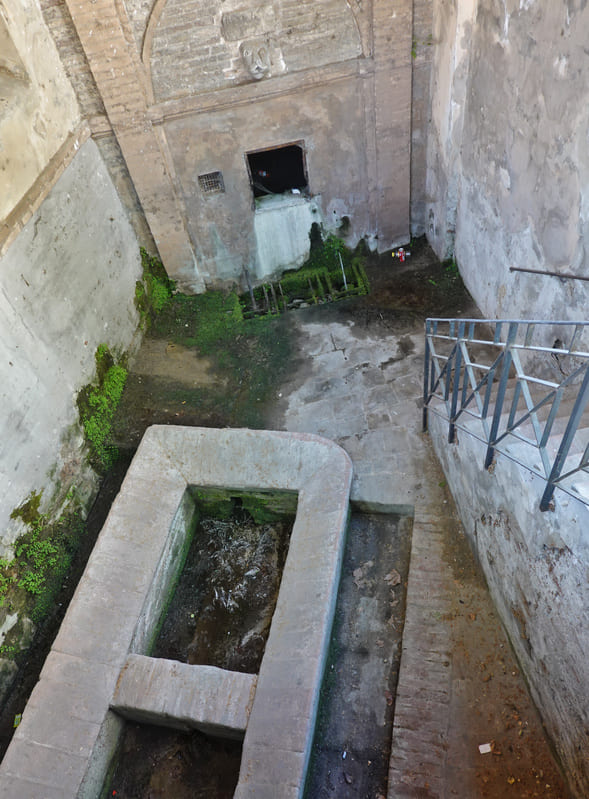
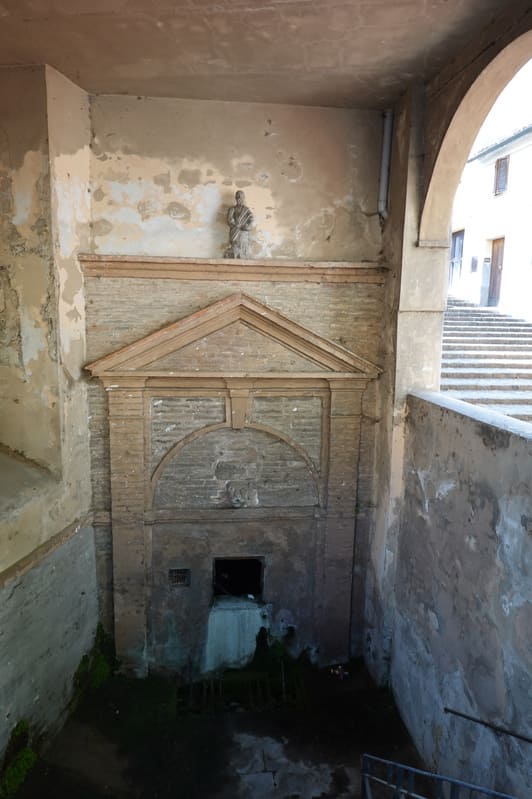

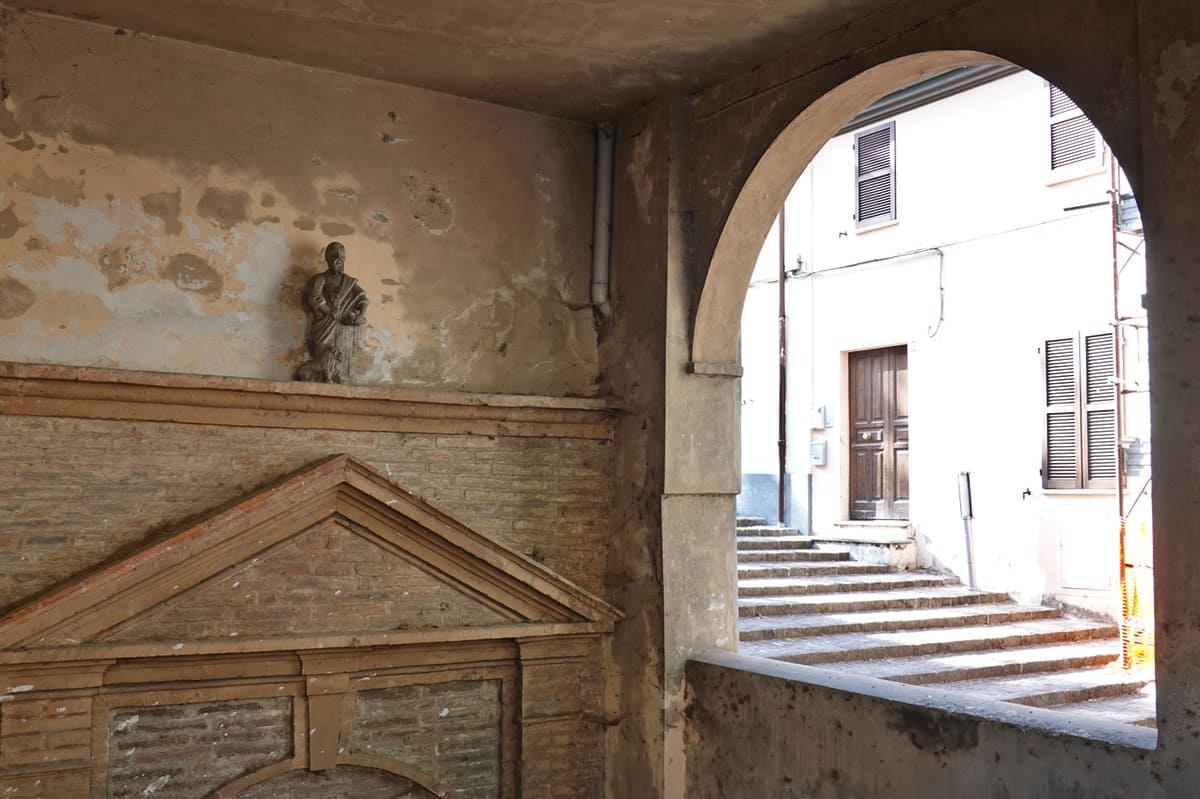
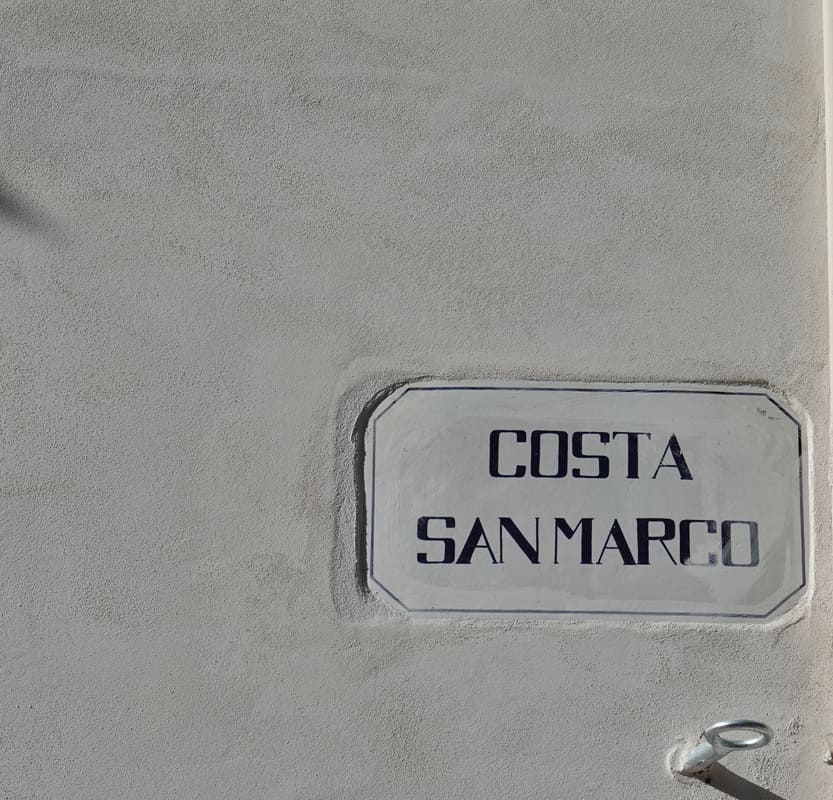

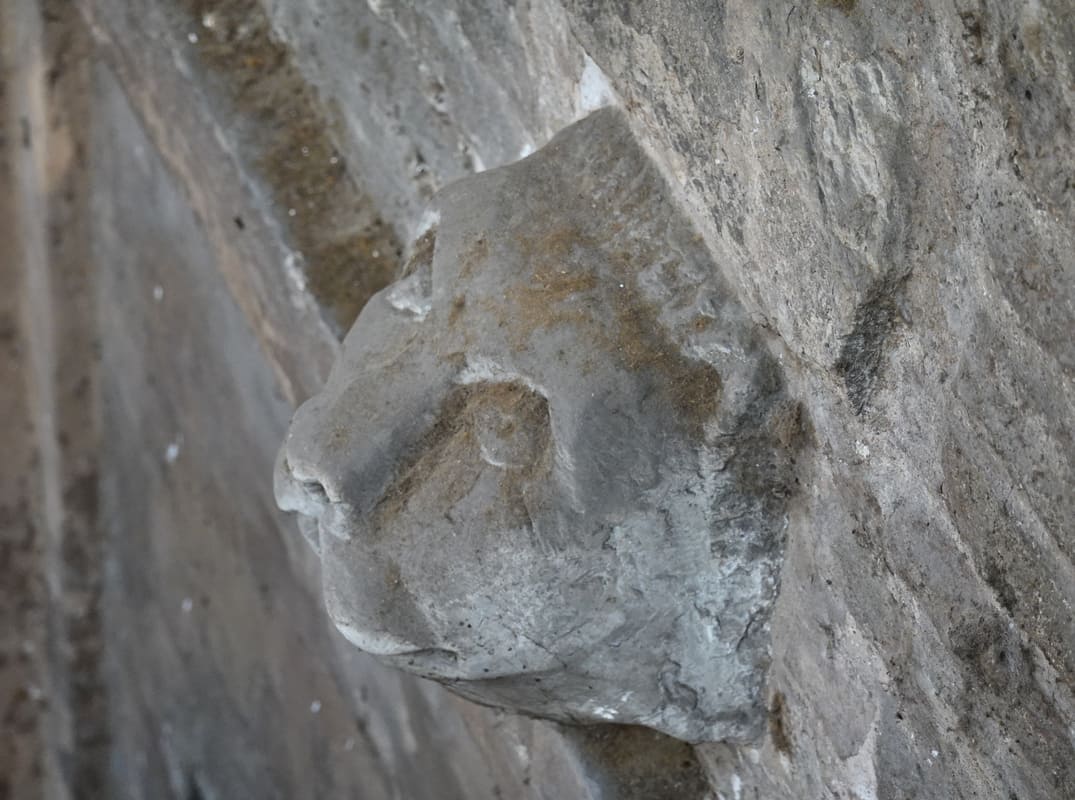
It’s a shame that this place, where many women once did their laundry together, seemed like a shelter.
Isabelle climbed the stairs to end up in a kind of silence, you didn’t hear the noise of the busy road here at all. A Carmelite and Poor Clare convents stood almost opposite each other.


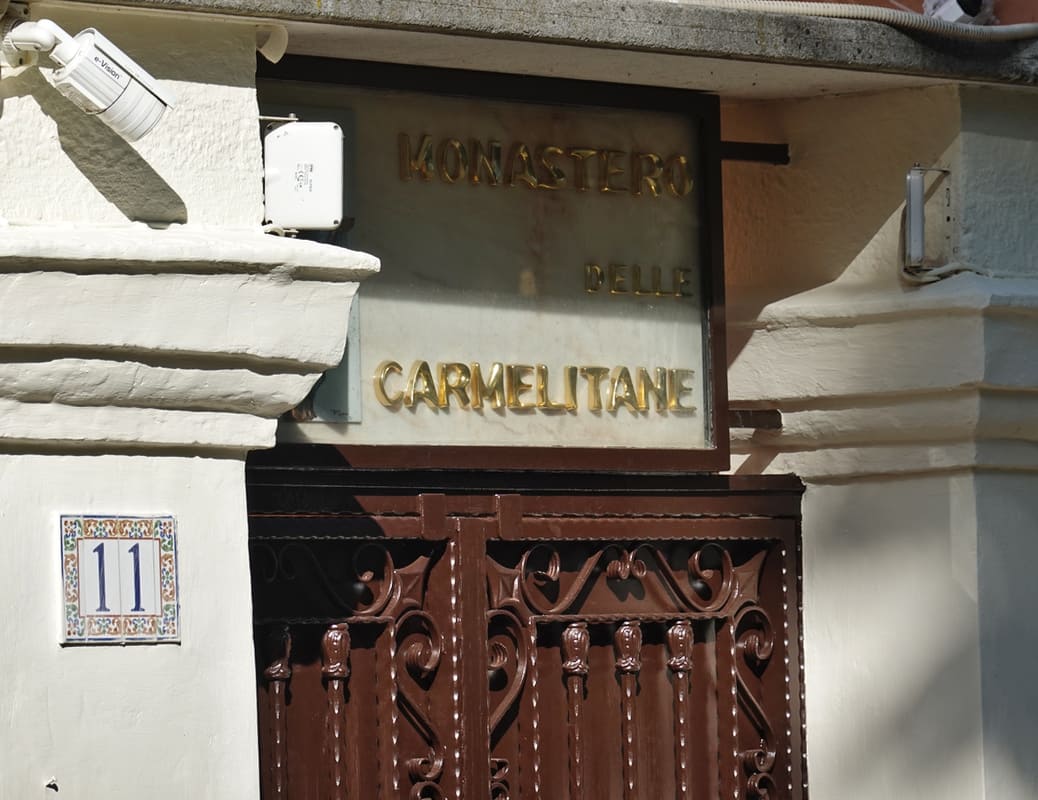
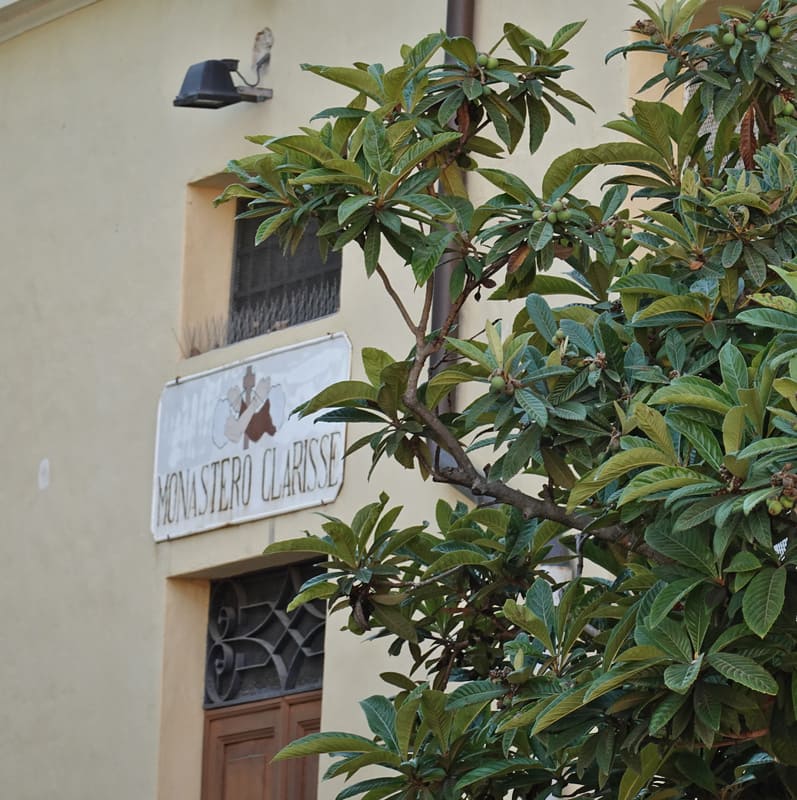
The Carmelites settled here on October 15, 1882 and obtained permission to use the San Marco church from 1946 and this until today. The Poor Clares came here in 1913.
In the 12th century there was a little church of the Benedictines on this spot, who, according to legend, donated it to Saint Francis in the 13th century, when he came here. There is no evidence of this, but it is known that it was rebuilt in a Gothic style by Franciscans in that century. From 1439, however, these monks moved within the city walls of Jesi, as their little church was outside it and thus unprotected against attacks by enemy troops.
It was not until 1854 and 1855 that the church was seriously restored, which proved necessary after centuries of decay.
The portal made of white marble and the red marble from Verona immediately catches the eye. The lion that symbolizes the evangelist San Marco is also not missing.
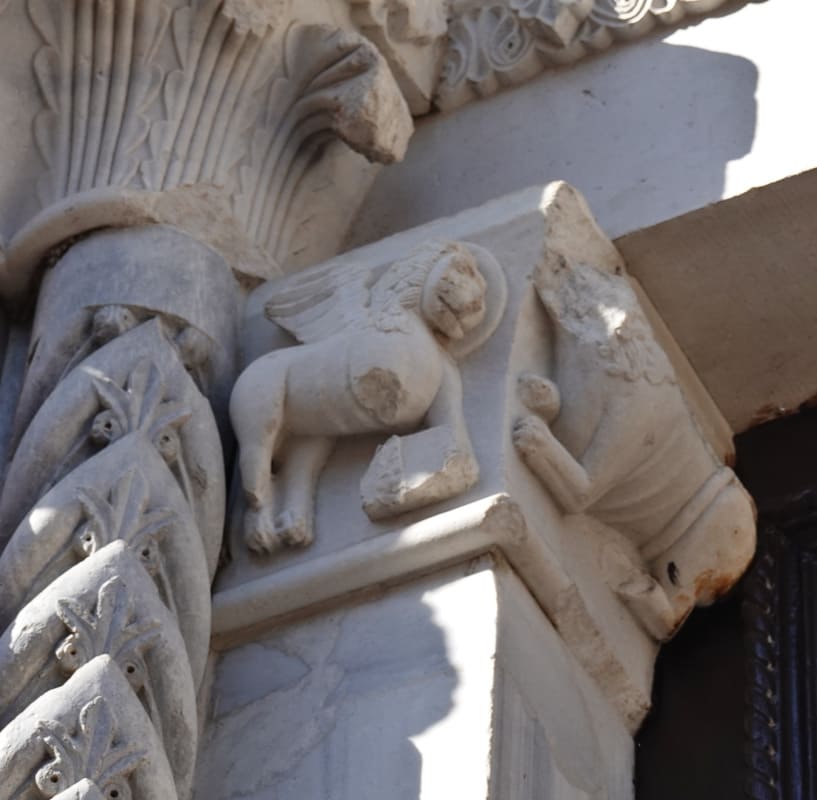
But the interior provides the biggest surprise to visitors; the roof with its gothic crossbow vaults refers without a doubt to the sky, blue everywhere and many stars ! The painters Silvestro Valeri from Perugia and Marcello Sozzi from Rome restored the original color palette as well as some of the 14th century frescoes made by Giovanni and Giulano of Rimini.

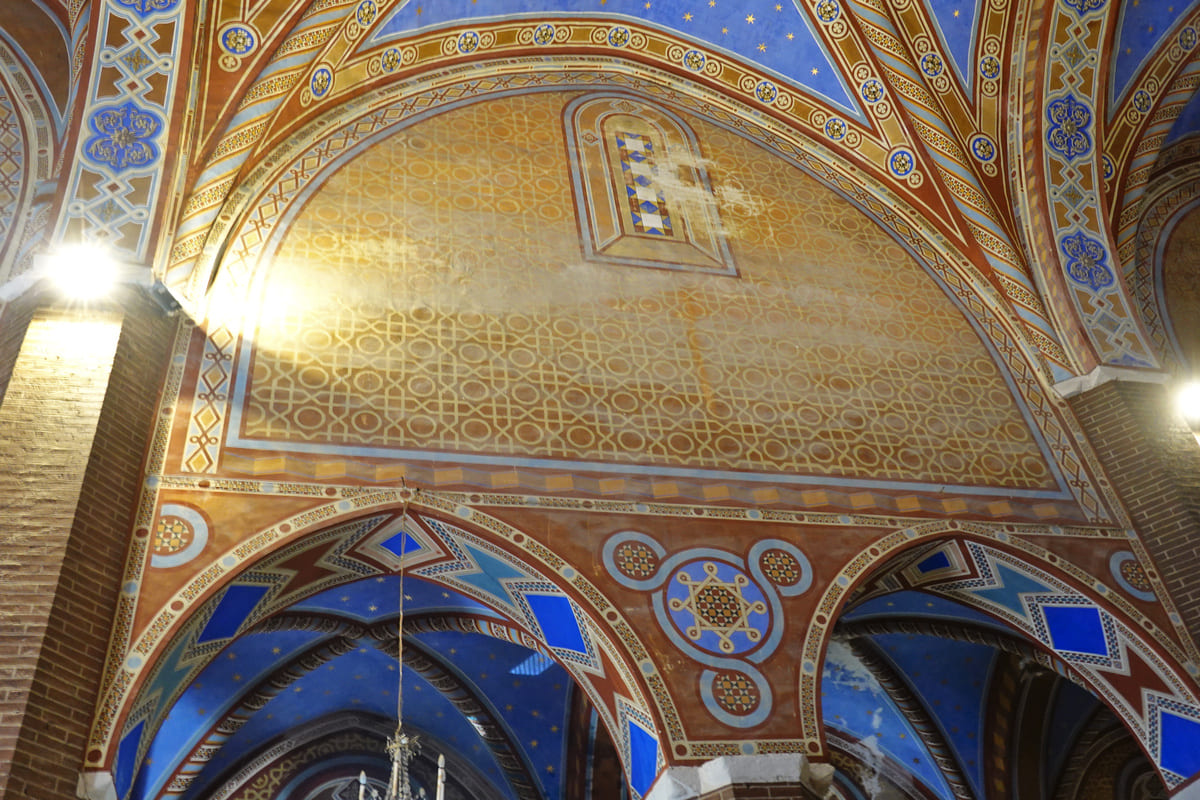
Churches were always painted in the past, but the colors disappeared due to the atmospheric conditions of the buildings, through decay, destruction or overpainting …
Once all the walls of the San Marco church were frescoed, now the Crucifixion, the Moving of the House of Mary to Loreto, the Good News and the Rapture of Mary into heaven remain.

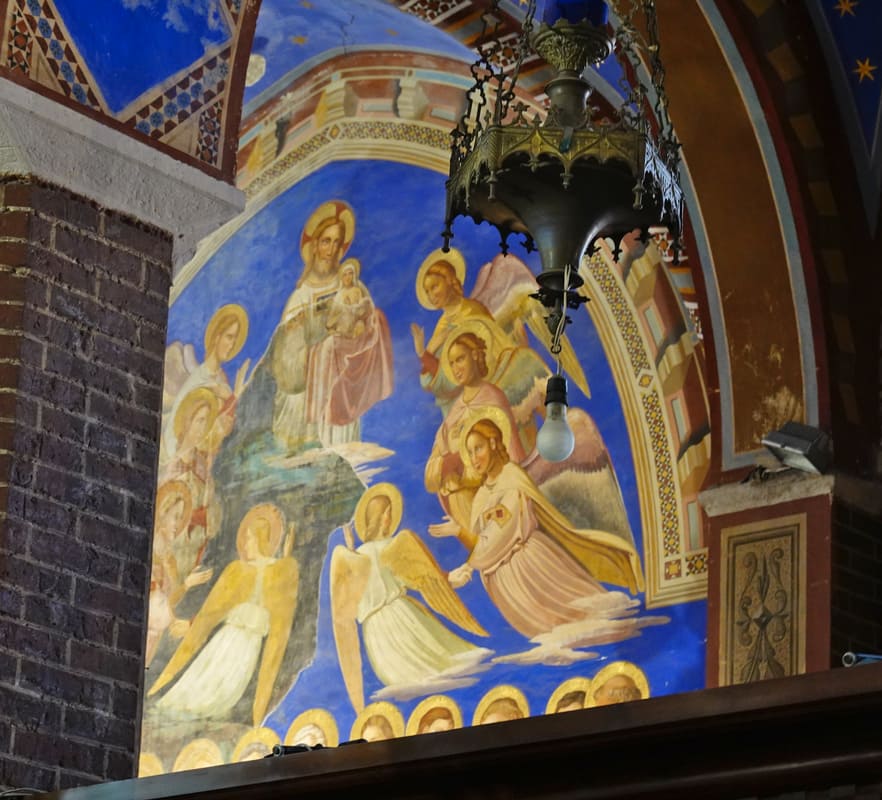
Unfortunately she couldn’t photograph the beautiful rosette above the entrance in all its glory because it was just backlit.

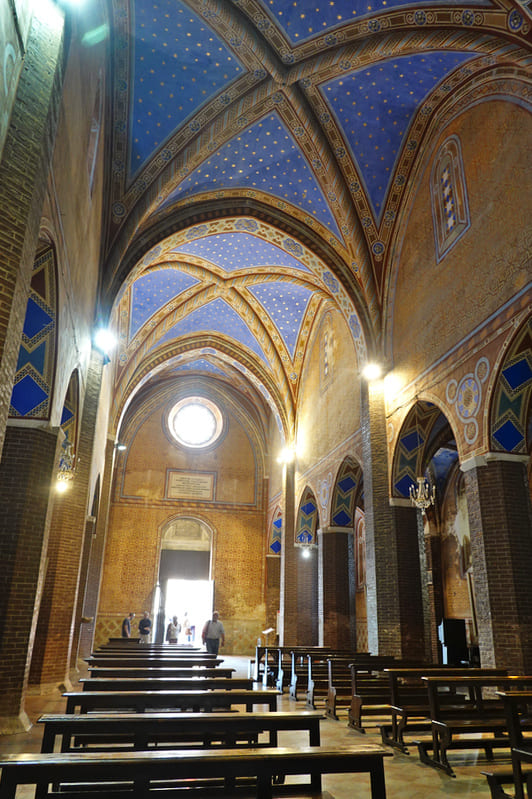
A few more pictures of a baptismal font and the interior…



What struck Isabelle greatly? Let her explain it: “A large image at the altar of the Carmelite Titus Brandsma who had just been canonized. No one in the group knew this priest, but I did. After all, my primary school in the Netherlands was called the Titus Brandsmaschool, named after the priest who preached against the Nazis in World War II and died for this in the Dachau concentration camp. What a coincidence !”
Every year the tourist office of Jesi organizes guided visits.
In 2022: Saturday 23/7 and Saturday 10/9 at 9.45am, 10.15am and 11am. It is free and starts at the entrance of the church.
Or ring the bell at the Carmelites between 8.30am-11.30am and 3.30pm-5pm.
Jesi’s Archeoclub also organizes guided visits, take a look at their Facebook page.
Here on Google maps you will find the location of the church.
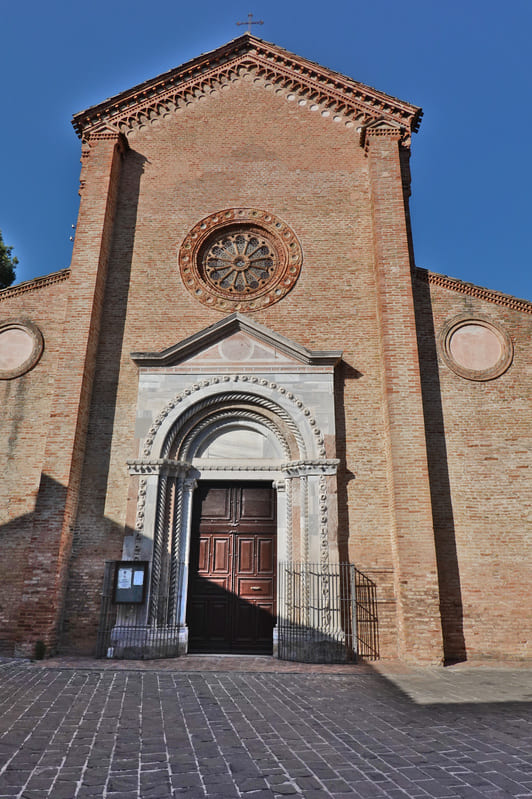


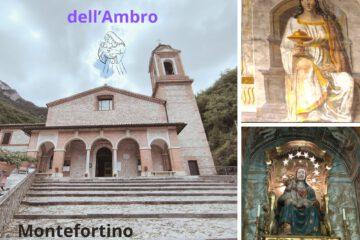
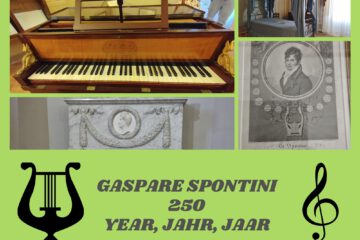
0 Comments